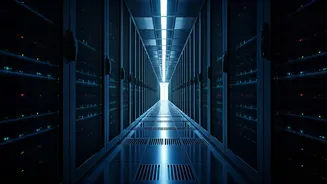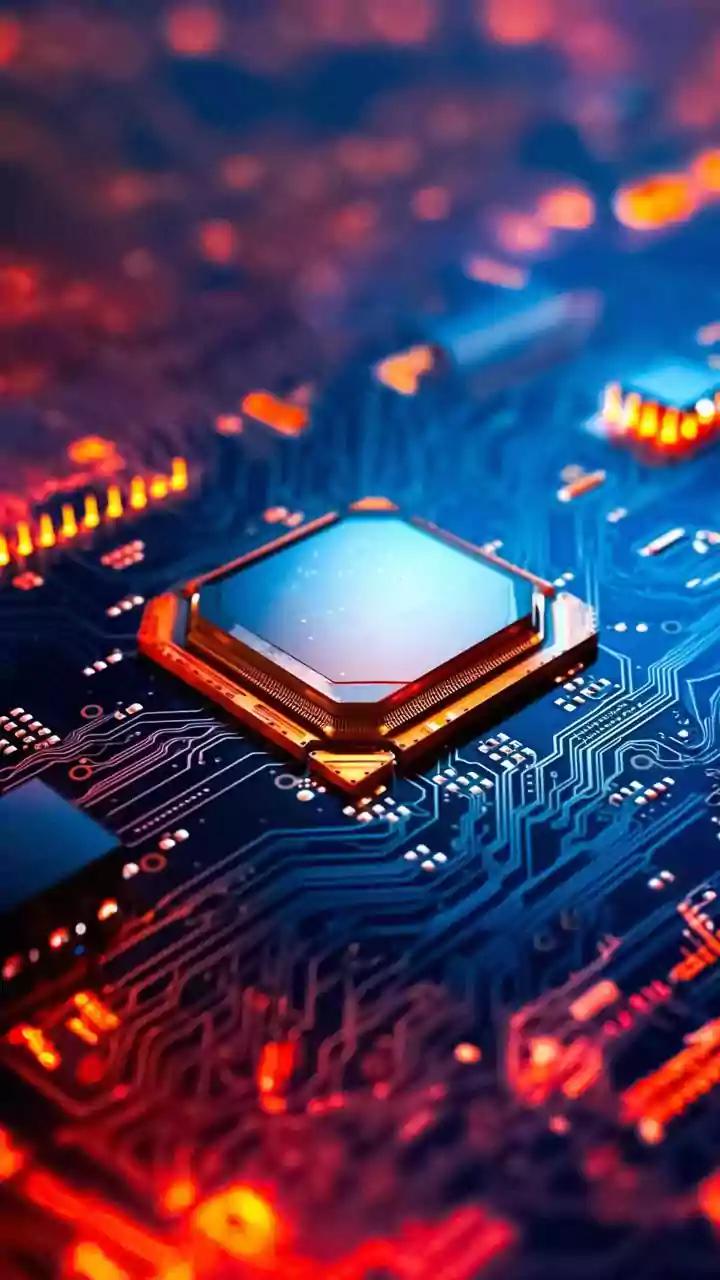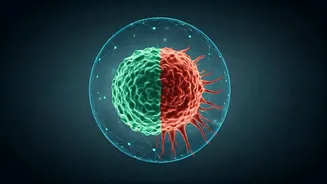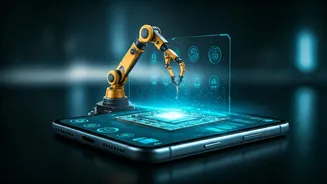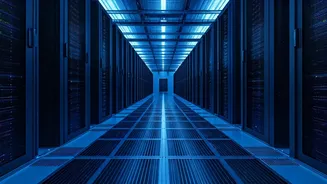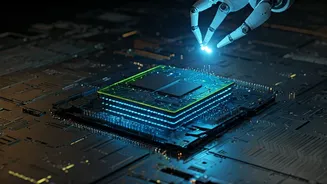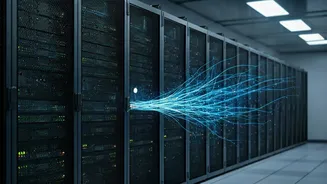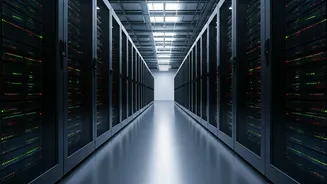The Swarm Dynamics
Swarming behavior, a concept observed in nature through animals like ants and bees, forms the foundation for these robotic systems. This collective behavior allows
the robots to achieve tasks beyond the capabilities of a single unit. Each robot functions with a level of independence, yet cooperates with its peers. They are directed by simple rules, enabling the swarm to navigate complex terrains, distribute themselves efficiently, and execute tasks such as exploration or object manipulation. The beauty lies in their adaptability, allowing them to overcome environmental obstacles or the loss of individual robots, and continue to function effectively. This inherent robustness is a key strength for practical applications, making the swarm resilient to failures and capable of operating in unstructured environments where human intervention might be difficult or impossible. These tiny robots showcase a new paradigm in robotics where collective intelligence takes precedence over individual prowess.
Adaptive Capabilities Explored
The adaptive nature of these micro-robots is a remarkable feature, setting them apart from conventional machines. They possess the ability to adjust their structure, behaviour, and functionality in response to environmental conditions and external stimuli. This adaptability stems from their sophisticated sensors and control systems, which enable them to collect data, process information, and make dynamic decisions. A robot swarm, for example, may adjust its formation, velocity, or task allocation based on the terrain it encounters or the density of targets it needs to reach. Furthermore, they can reconfigure themselves to overcome unexpected obstacles. This level of adaptability makes them ideally suited for tasks where uncertainty and variability are the norm, such as search and rescue operations, environmental monitoring, or exploring hazardous locations. Their capacity to learn and refine their performance over time adds another layer of complexity, making them increasingly effective with each iteration.
Self-Healing Properties
The self-healing capability is one of the most exciting aspects of these tiny robots, inspired by biological systems. This feature allows the robots to repair damage, extend their lifespan, and enhance their functionality. Self-healing mechanisms can range from simple strategies, like redistributing workload amongst the team members, to complex processes involving the autonomous repair of physical components. Some designs incorporate materials that can seal cracks or heal fractures, while others utilize modular designs that allow for easy replacement of damaged parts. As a result, the swarm can continue its operations even after individual robots have sustained damage, minimizing downtime and maintenance. This attribute holds immense promise for various applications where reliability and longevity are critical. By integrating self-healing capabilities, engineers are creating robots that can withstand the demands of the real world and operate for extended periods.
Applications: The Future
The potential applications of these swarming, adaptive, and self-healing robots are vast and diverse. In medicine, they could revolutionize diagnostics and treatment, enabling minimally invasive surgeries or targeted drug delivery. Imagine swarms of robots navigating through the human body, delivering medications directly to diseased cells or repairing damaged tissues with precision. In environmental science, these robots can be deployed to monitor pollution, clean up hazardous waste, or study ecosystems. Their ability to operate in challenging environments makes them ideal for collecting data and performing tasks that would be impossible for humans. Moreover, they are expected to play a crucial role in manufacturing, infrastructure, and exploration. The capacity of these tiny robots to organize themselves, adapt to any circumstances and self-heal opens up many doors. Their impact will be felt across all sectors, promoting innovation and progress.



